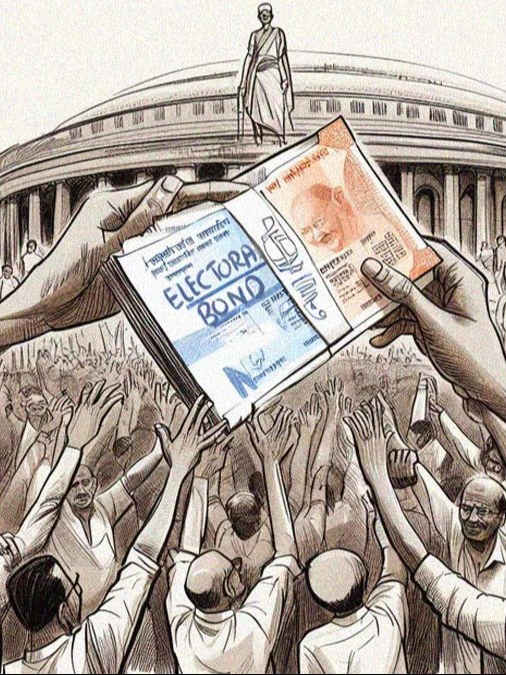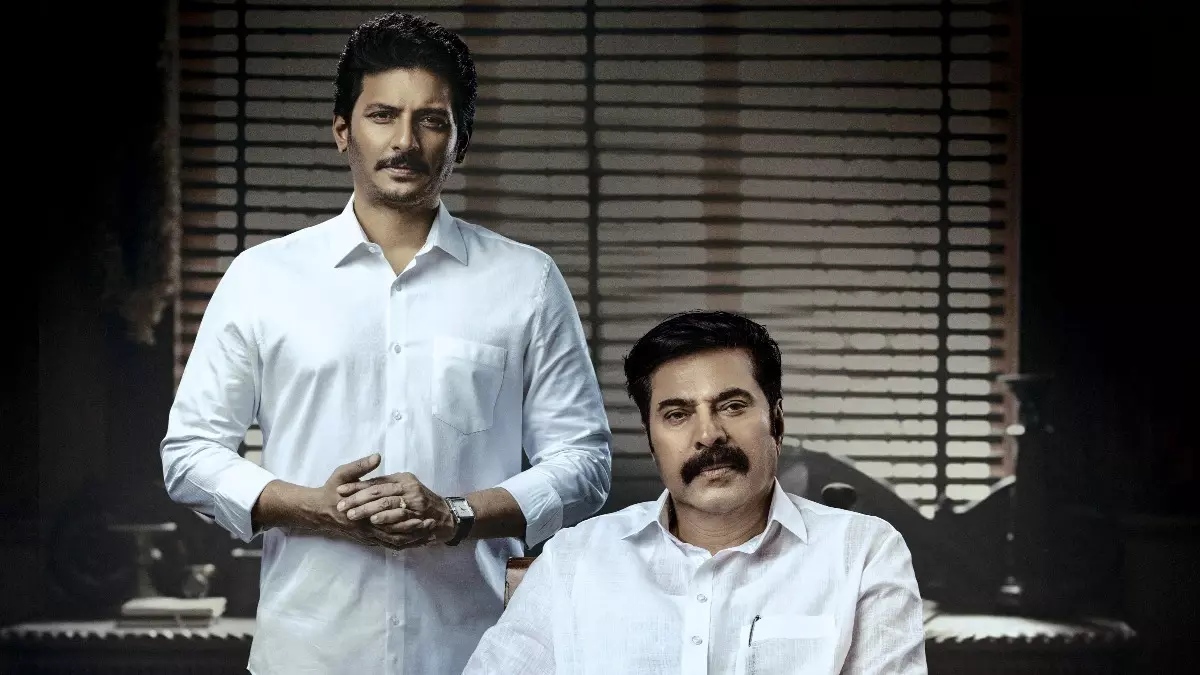A recent stroll down memory lane via a mid-1980s school photograph surfaced a captivating tableau of India’s past, revealing intriguing facets of its societal fabric. The snapshot showcased impeccably attired teachers holding aloft placards spelling “October,” commemorating the Bolshevik Party’s 1917 October Revolution. This striking display, orchestrated by a school associated with a globally recognized white-collar professional organization, defied conventional classifications and epitomized India’s engagement with global ideologies beyond narrow affiliations.
In post-colonial democracies like India, the electorate comprises two distinct personas. Firstly, there’s the idealized constitutional subject, championed in liberal discourse as the embodiment of nobility and common sense, tasked with upholding democratic values. This Nehruvian archetype, with its multifaceted identities, serves as a beacon against chauvinism and anti-democratic tendencies. However, coexisting alongside this aspirational figure is the tangible, nuanced “actual” national subject, navigating a complex relationship with societal norms and political realities.
The dichotomy between these idealized and actual subjects is pivotal in understanding the dynamics of Indian democracy, particularly in the context of issues like electoral bonds. While liberal narratives often anticipate a voter revolt against political malpractice, the reality is more nuanced. The electorate, driven by sectional interests, tends to prioritize community-based concerns over broader national issues. This fragmented allegiance undermines the efficacy of opposition movements against systemic injustices.
The significance of electoral bonds, a matter of national concern, risks being overshadowed by the entrenched sectionalism within Indian politics. Despite the potential ramifications of opaque political funding practices, voter backlash is unlikely to materialize significantly, given the prevailing allegiance to narrow interests over broader democratic principles.
Reflecting on the historical juxtaposition of the October Revolution tableau and contemporary electoral intricacies underscores the evolving nature of Indian democracy. Effective political opposition necessitates a deep understanding of the voting public’s motivations and priorities. While the Nehruvian ideal persists in our collective memory, the political landscape is shaped by the realities of sectionalism, challenging traditional narratives of democratic participation and accountability.






